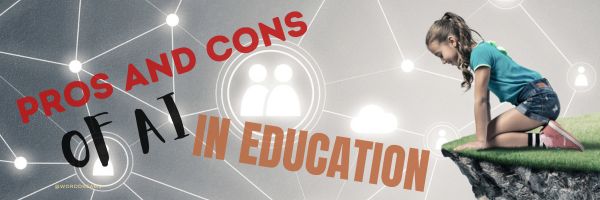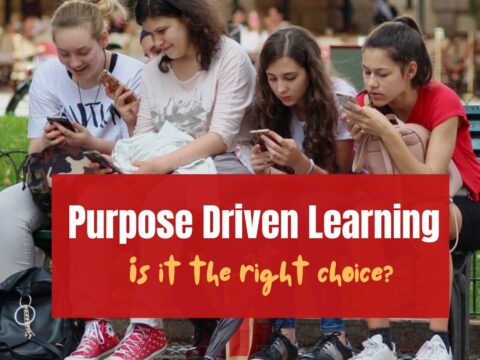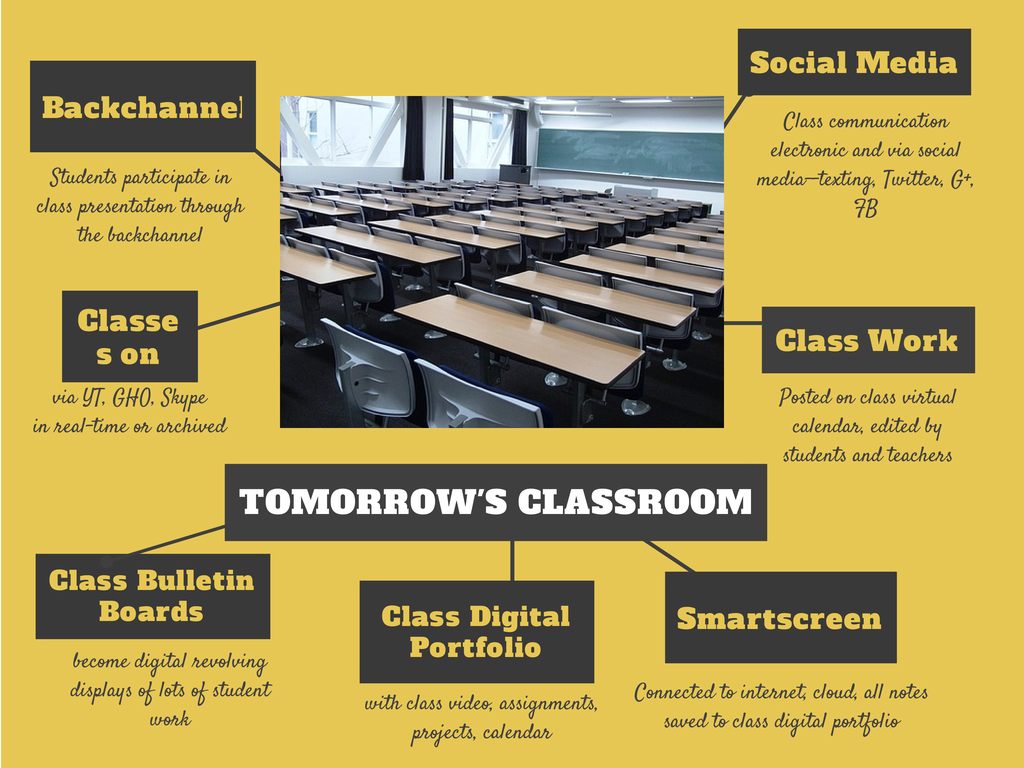Artificial Intelligence–AI–has been around a long time, but caught everyone’s attention with the launch of generative AI, ChatGPT, and DALL-E. These made using AI easy enough for anyone and a viable tool for educators and students.
Or is it? Let’s see what the Ask a Tech Teacher team says:
Pros And Cons of AI in Education
Artificial intelligence (AI) is making major inroads into education. AI tutors, virtual assistants, and adaptive learning platforms are being adopted by schools, colleges, and universities around the world. In addition, many students are using AI to write coursework and essays, which has caused a lot of outrage.
Proponents argue AI can make education more personalized, engaging, and effective while reducing costs and workload for teachers. However, critics worry about the risks and limitations of relying too heavily on AI in education, as well as the problems caused by students using AI rather than penning work themselves.
Here we explore some of the key pros and cons of the increasing use of AI in education, from an education professional’s perspective.
Pros of AI in Education
Online tools have long been used in education, with things like an online ERD tool an effective way to teach students about complex principles such as connectors, shapes, and how diagrams work in practice, which are things they might need in their future careers. Visual tools like this enable practical lessons rather than theory, but AI has given rise to even more useful tools that can help teachers and students excel in the classroom..
- Personalized Learning: AI allows educational content and instruction to be tailored to individual students’ abilities, needs and interests. AI tutoring systems track performance and adapt in real-time to strengthen weak areas. This promotes better student engagement and accelerated learning.
- Adaptive Learning: Related to personalization, AI platforms can continuously assess student performance and adjust the level or type of instruction for each student. This helps students move through material at their own pace, whether faster or slower.
- Automated Grading: AI can automate the scoring of assessment tests, homework, essays and other assignments. This saves teachers time, while giving students quicker feedback. AI can also point out areas for improvement in writing and provide personalized recommendations.
- Reduced Teacher Workload: AI tutors, virtual teaching assistants and automated admin systems can help reduce teacher workload. This gives teachers more time to work one-on-one with students. AI doesn’t replace human teachers but enhances and complements their abilities.
- Enhanced Student Engagement: Well-designed AI education tools can be more interactive, adaptive and engaging for students compared to traditional lectures or books. AI tutors provide feedback and encouragement that can motivate students.
- Lower Costs: Once developed, AI tutors and learning systems can deliver instruction at a fraction of the cost of human teachers. This could make quality education more affordable and accessible.
Cons of AI in Education
AI may be a valuable tool, but it does have its limitations. There are many subtle complexities to teaching that AI currently cannot match. Factors like body language, tone, empathy, classroom dynamics and real-world context are important. AI tutors may not pick up on nuances or social cues. As well as this, here are some other cons to using AI in an educational setting.
- Over-Reliance on Technology: AI could lead to students becoming too reliant on technology. The traditional critical thinking, writing and social skills developed through human interaction could suffer. AI tutors also lack the same authority and accountability as human teachers.
- Data Privacy Risks: AI systems collect huge amounts of student data to tailor learning. This raises major privacy concerns and risks of data leaks. Strict regulations are needed to protect student privacy.
- Widening Achievement Gaps: Adaptive AI could allow gifted students to accelerate further ahead. Meanwhile, students who lack digital access or tech skills could fall further behind. AI risks exacerbating educational inequality.
- Teacher Replacement Risks: As the capabilities of AI tutors and virtual assistants improve, they could threaten the jobs of human teachers. Powerful teacher unions oppose the expansion of AI in education due to fears over job losses.
- High Development Costs: Highly sophisticated, human-like AI for education remains expensive to develop. Most current applications are narrow or weak AI focused on specific tasks. The technology is still not advanced enough to replace human teachers.
- Biased Algorithms: Like all AI, there are risks that educational AI could reflect and amplify biases. AI tutors could favor particular cultural backgrounds, ethnicities or genders depending on what data they are trained on. Ongoing algorithm auditing is required.
- Stifling Creativity & Individuality: Over-structured AI education environments may stifle creativity, critical thinking, and growth of ideas. The standardization and automation of education through AI could produce a conformist mindset lacking individuality.
AI in education comes with both significant upsides and considerable risks. Responsibly leveraging the technology to enhance human teaching while avoiding over-reliance on rigid technology will be key. Careful regulations around privacy, preventing bias, and continuing oversight of AI in education will also be crucial to realize the benefits while minimizing the pitfalls. The future of AI in the classroom requires a balanced, nuanced and cautious approach.
–image credit Deposit Photos
Here’s the sign-up link if the image above doesn’t work:
Jacqui Murray has been teaching K-18 technology for 30 years. She is the editor/author of over a hundred tech ed resources including a K-12 technology curriculum, K-8 keyboard curriculum, K-8 Digital Citizenship curriculum. She is an adjunct professor in tech ed, Master Teacher, webmaster for four blogs, CSTA presentation reviewer, freelance journalist on tech ed topics, contributor to NEA Today, and author of the tech thrillers, To Hunt a Sub and Twenty-four Days. You can find her resources at Structured Learning.






































Thanks you for a balanced review of the pros and cons, Jacqui.
There’s a lot of good and bad about generative AI in ed. Time will tell!
Great summary of AI in teaching, Jacqui! I’m not sure how I feel about it yet.
I’m not either. I’m doing a lot of reading. This is from one of the members of my team. I read it with interest!
I think that is a very good pro and con list. I like pro and con lists. AI has come a long way. I used AI algorithms in my robotics research in the 1990’s but it was mostly tree search algorithms such as A*, then later in automated mailsorting C4.5/C5. The single hidden layer neural netoworks that we had back then were less effective. Some people were even doubting AI could be really useful beyond robotics and OCR. But here we are.
There is still so much we don’t know about AIs in education. That’s interesting about your robotics research. Many doubted computers would prove useful back in the day, but as you say, here we are.